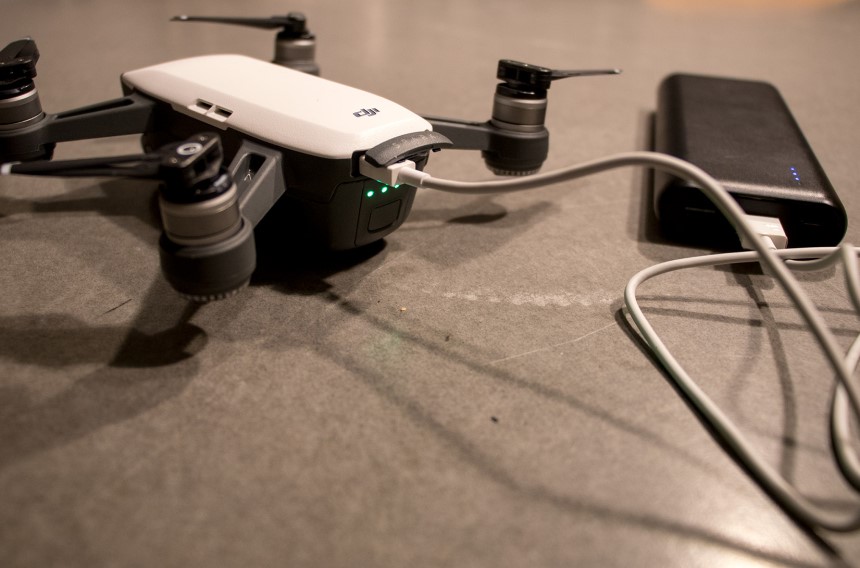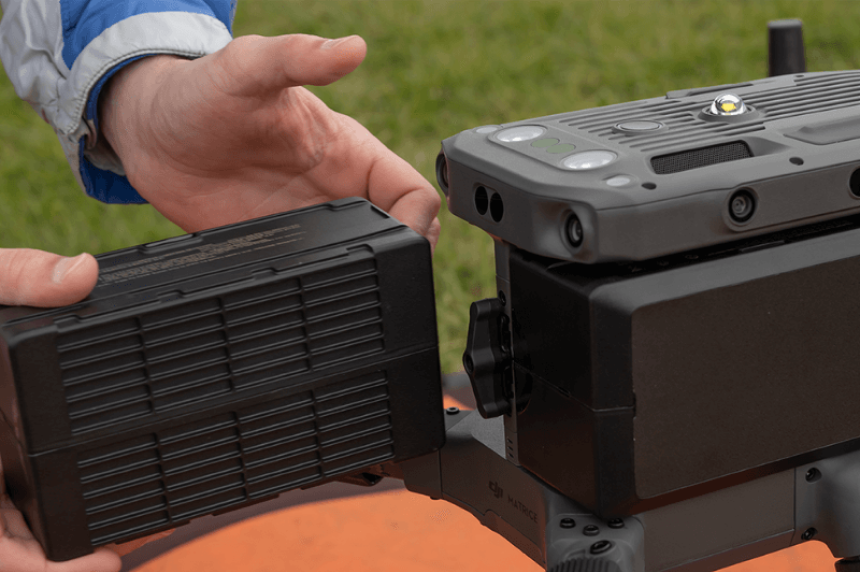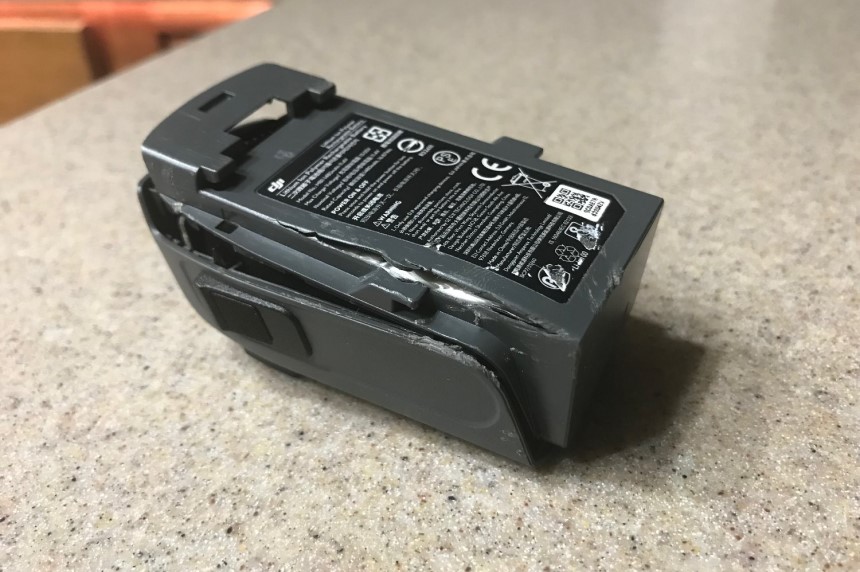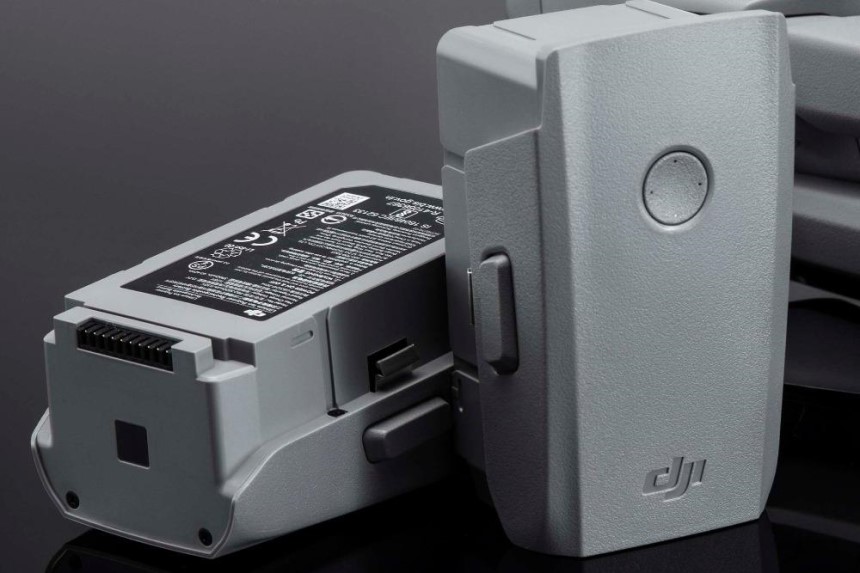Flying a drone for the first time is an enthralling experience. With subsequent flights and discoveries as to what can be achieved with the aid of these unmanned aircraft, the thrill continues to grow. However, the use of these machines is rarely ever seamless for most.
For some, the beginning of their drone-related problems is a lost drone or continuous crashes, but for others, it might have something to do with the batteries or with charging the drone battery. If the latter is the problem, well, you’ve made the right stop.
Battery health is one of the most underrated aspects of using gadgets and devices such as drones. Many people are more concerned with enjoying the range of functions offered by their drone than taking care of the battery. This article will provide some much-needed information on drone batteries and problems that could arise during their lifespan.

The most common period for a drone battery to develop a fault is while it’s charging. Many battery-related accidents occur, with more than a few of them resulting in fires.
One of the reasons why people are usually advised to purchase high-quality batteries and chargers. They guarantee safety and last longer.
The battery of your drone should be charged away from home properly if possible. This should help reduce the likeliness of a house fire. You should remember, though, that temperature plays a part in the health of your battery as well. A battery that is too hot or too cool might not charge (it might explode if it charges when hot), and a battery left in the rain can develop problems. Therefore, if you will be charging outdoors, try not to expose the battery to harsh stimuli.
There’s an often disregarded piece of information about the temperature of a drone or battery being important to its charging. The truth is if a drone is too warm or cold, it might not charge, and this problem is not limited to only cheap products. It’s a general problem, and a popular drone like the DJI Phantom 4 could be having similar charging problems if it is too hot.
When it comes to the proper storage of drone batteries, the advisable thing to do is to discharge the battery before putting it away. Professionals in the field of drone manufacture recommend this as a way of preventing sudden fire outbreaks.
Another point to take note of when storing a battery is the temperature at which it is stored. As earlier implied, these batteries don’t do well in extreme temperatures, and the storage temperature should consider this fact.
It isn’t rare for battery manufacturers to also have their preferred storage conditions as well. Reading through the battery and drone manuals after a purchase should inform you of any special requirements and save you unnecessary heartache. Don’t ignore these recommendations, as proper storage and care of your batteries would be a huge determinant in how long they can last.

If you store your battery well, you should be able to transport it safely as well.
The first piece of advice to take note of before transporting a battery is it should be discharged to a certain extent, just as you would do when storing it.
The next step is to pay them well. Pad the drone and battery well. The last thing you want is your drone battery bouncing around in the truck while you navigate some road. More attention would have to be paid to the drone if you’re traveling by air.
For starters, it is advisable to discharge it even further than you would do for a simple road trip. Even at that, there might be requirements precluding passengers from packing drones or drone batteries while on flights, so you should check with the airline authorities.
Even during usage, drone batteries can fail. They can fail midair and are just as liable to catch fire after many crashes or a particularly severe one. Sure, an original battery would last longer, but if you push your luck too far, you are bound to run out of it someday. Therefore, fly safely.
Another little tip that most people ignore is not to fly their drones in harsh conditions. The truth is there is the very little experience that could be gained from using a drone in this way and much more that can be lost.
Drone manufacturers typically recommend an optimal flying temperature. Keep in mind that harsh temperatures include rain and snow as well. If you are going to be flying a drone in the rain, your drone should be prepared to brave the moisture.
Continuous and regular use of drones is what most people want, but if you are going to be doing this, you might want to purchase a few extra batteries to reduce the strain on anyone battery. An alternative is to get a drone with multiple batteries, such as this DEERC Drone that comes with two batteries.
The final tip in this regard and the most ignored is pacing your flights. The thrill of flying usually motivates many first-time drone users to go full throttle all the time. Such a habit is particularly common with operators of fixed-wing drones, probably because they offer more pace. This might be a more interesting and fun way to fly, but it isn’t the safest for your drone battery. Such use of a drone would only cause the battery within to heat up faster. Even drone manufacturers recommend acceptable discharge levels to prevent this.
An eagerness to fly can lead many drone enthusiasts to skip many critical maintenance and care practices that help elongate the lifespan of both drone and battery. One of such practices is inspection.
If there’s anything wrong with a battery during an inspection, it is advisable that you not fly with the battery. Doing so could put the entire drone at risk. However, it should be noted that battery problems might not be all external, and a battery analyzer and battery test system Trusted Source Batteries, battery analyzers and battery testers: What's the difference? Battery analyzers were originally instruments used to restore nickel-cadmium batteries degraded by “memory” effects, a diminishment of capacity. www.testandmeasurementtips.com might be needed to decipher issues on the inside.
Both devices would help gauge battery health, assess cell imbalance within the battery, and inform your decision about whether a battery is still deserving of being used in flight.

Disposing of batteries is always tricky, and it’s no different for drone batteries.
Because of their contents, it’s not particularly safe to lump them up with the rest of your trash. Doing that would put your trash or whatever area your trash ends up in at the risk of fires. As a result, a battery disposal location is most ideal. You could find one of these by contacting your local e-waste center. Be sure to discharge the battery as much as possible before sending it in to minimize the safety risks.
We have made many allusions and direct references to how fake batteries could put you in a position to change batteries more often, and this is true. However, we should also reiterate that the main determinant of just how long your battery would serve you is the amount of care you give it. That said, there are certain things to note when looking to purchase a drone battery and charger.
The first things to look out for are reputable manufacturers. There are a lot of battery and charger makers that peddle cheap and poor products. This is not to say that all cheap products would be bad or that all batteries and chargers not made by reputable outfits would be poor, but the odds are against their quality. As such, buy from companies with a name and a reputation to uphold.
You should note that the certifications that imply quality in a battery might be different from those in chargers, and research on them should clarify whatever wrong notions you might have. Another oddity is the difficulty you might experience in locating manufacturers’ certifications on time. This makes products more attractive to users, yet some battery makers do not make them easily accessible.
In addition to all that has already been stated, the build of a battery could point to durability and should be inspected and researched. For instance, a battery that meets internal design requirements would be very effective, but its durability might be in doubt because of its exterior wrapping material. Such a factor should be noted and other safety features that manufacturers might include with their battery and charger to make them safer or unique (like in programmable chargers).

One of the most popular drone makers around is DJI, and a big reason for their popularity is their commitment to putting out quality drones at all price ranges.
While their drones might differ in functionality, they all are designed to work with the company’s intelligent batteries, including the DJI Mavic 2 Pro Drone that comes with three batteries as well.
These batteries are more expensive, but they also have safety features absent in many cheaper alternatives (though there are no third-party batteries for DJ drones). The safety measures help to prevent overcharging or over-discharging. The company also recognizes many ways to abuse a battery beyond these two and provides a couple of battery care instructions Trusted Source Battery Care is More Important than You Think - DJI Guides Battery Care is an important part of maintaining your drone and maximising its battery life. store.dji.com to guide users.
Batteries are tricky because, as necessary as they are to the functioning of your gadget (drone in this case), you understand that they would need to be replaced eventually. This makes caring for them and purchasing the best options all the more difficult for some people.
However, settling for a cheaper battery o charger would only lead to more replacement costs down the line. The alternative problem that you can experience would be a completely destroyed drone. We have written all of these basic tips on drone batteries and charging drone batteries to help you avoid such outcomes. Next up is for you to put all of these into practice and save your battery (and drone) from an avoidable mishap.